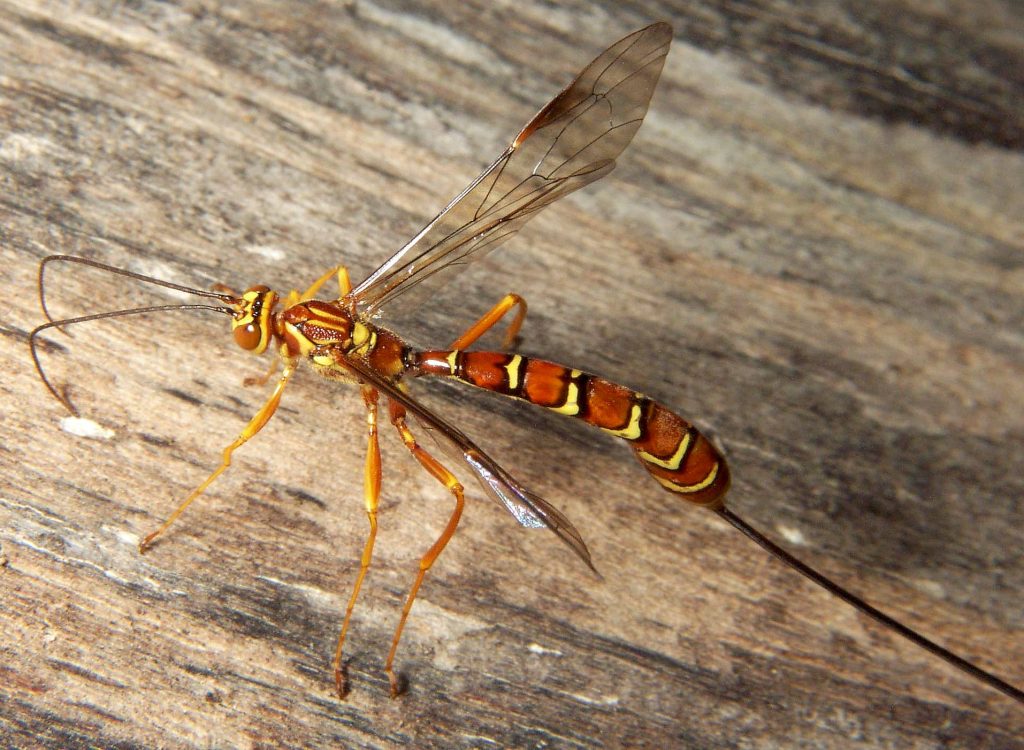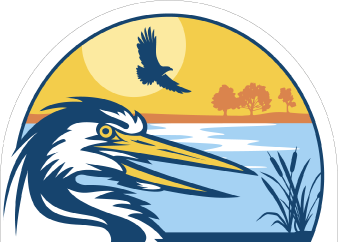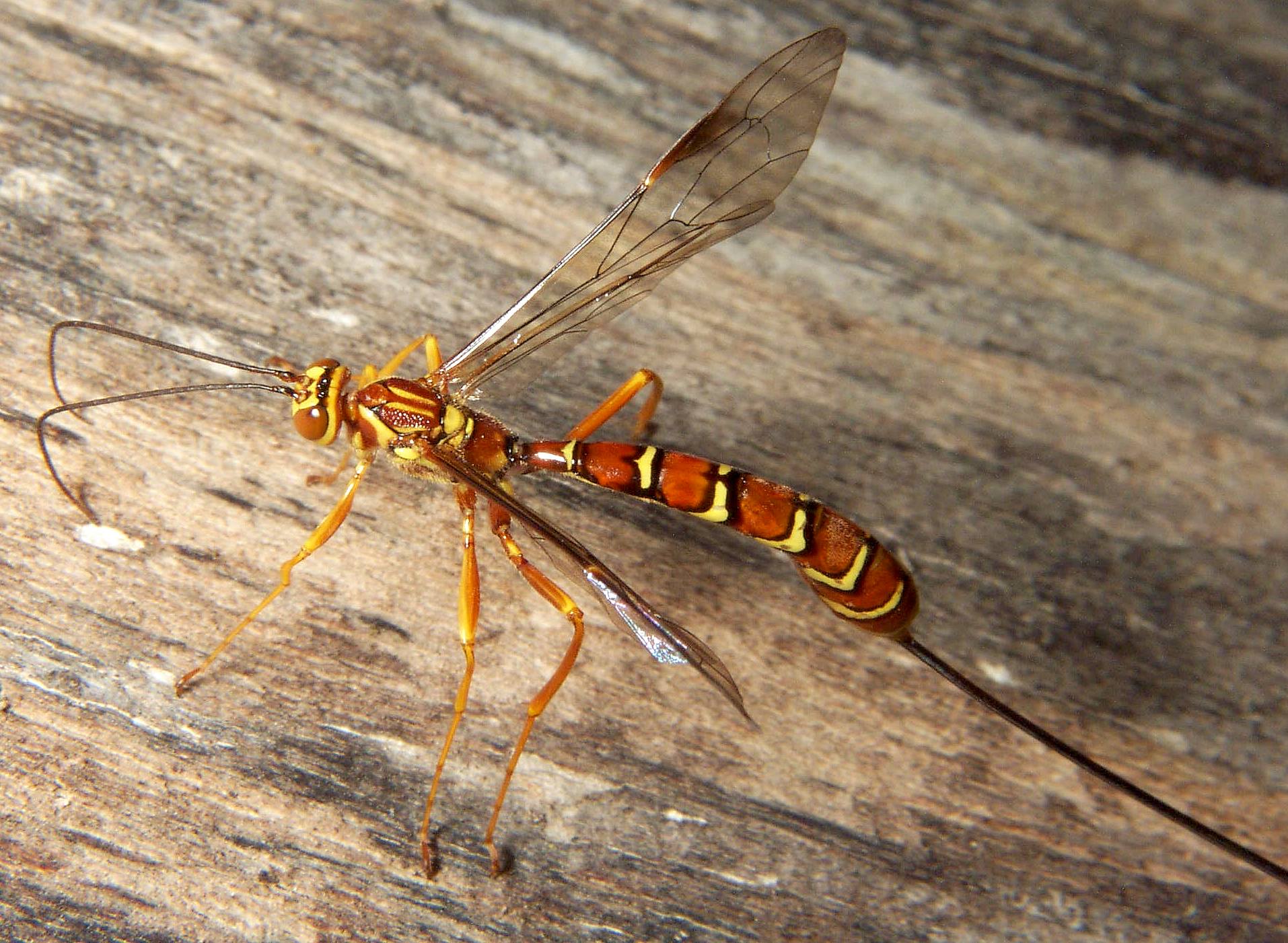
Some years ago Mrs. John Cottrell of Chaffee showed me a huge insect she found on a maple tree trunk in her yard. Measuring it I found its body to be almost three inches long and its trailed triple “tail” — actually an ovipositor for egg-laying — another four inches long, a total of six or seven inches in length.
Mrs. Cottrell and her husband had observed the insect insert its long spine-like tail right into the maple wood. “We don’t know if it was laying eggs or drinking the sap,” she told me and added that she and her husband “had never seen anything like it before.” Indeed neither had I.
Click here to become a member!
Click here to donate!
The insect was clearly a wasp. Except for its size and long tail, it looked like a larger version of those paper wasps that build umbrella-like nests under porch ceilings and eaves. It had the same three section body — head, thorax and abdomen — the latter two connected by the original wasp-waist, the kind that Victorian women would have killed for. It also had the same black and yellow markings, long antennae and legs, and dark diaphanous wings.
My references identified the insect as one of the 3300 North American species of ichneumon wasps, sometimes called ichneumon flies or long stings. According to Stokes’s A Guide to Observing Insect Lives, the long ovipositor “is used to penetrate through wood and lay an egg in the developing larva of a horntail, a primitive wasp whose larva feeds in tunnels inside the wood” of maple trees. He continues, “The egg develops in the larva, not killing it until it is full grown. The wasp pupates in the horntail tunnel and, when an adult, chews its way out through the bark.”
Stokes then confirms the observations of the Cottrells: “You may even be lucky enough to watch one of the females deposit eggs in a tree. She first moves about tree bark, rapidly vibrating antennae against it, then stops at one spot and starts to bend her ovipositor up and back toward herself. When it is looped over, she stands higher and higher on her legs until the ovipositor is going straight into the bark. Then in some amazing way, she is able to insert it into the tree, possibly taking advantage of cracks.”
I am impressed with how specific are the life styles of insects. The pigeon tremex bores only into maple trees and the ichneumon wasp is a parasite only on the pigeon tremex. The boring of that horntail or pigeon tremex damages already diseased or aging maple trees. In the sense that “the enemy of my enemy is my friend,” the ichneumon wasp is clearly on the maple’s and therefore our side. It is one of a wide array of beneficial insects, a solitary wasp that only when handled stings. Unfortunately many of our attempts to control insect pests kill more of these secondary parasites.
Thank goodness we have insects on our team like ladybugs, dragon flies, praying mantises and these giant wasps.


